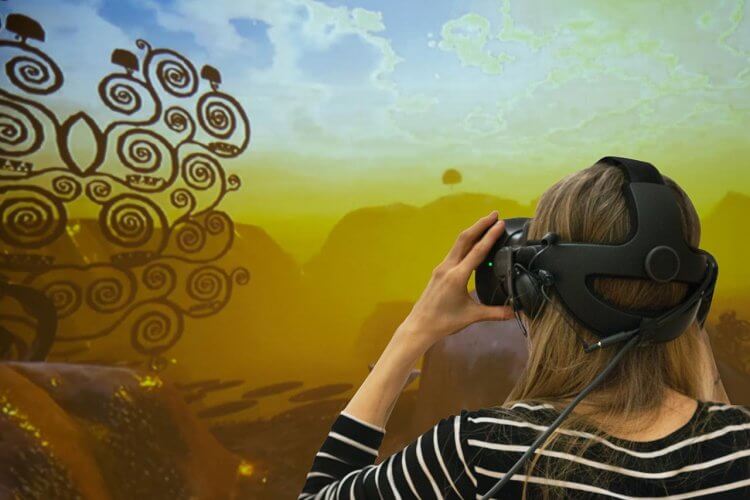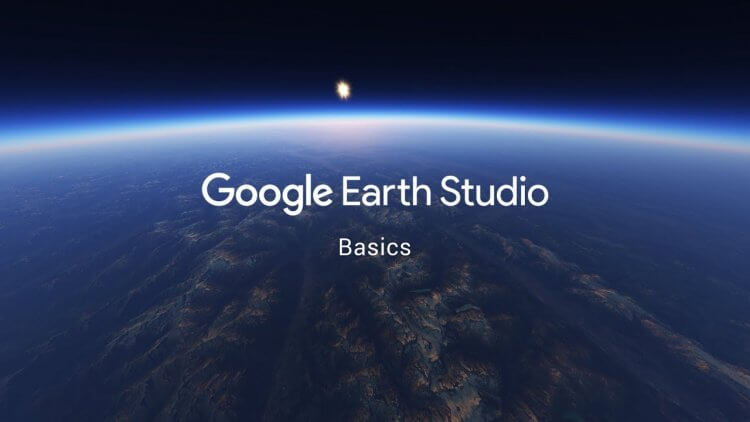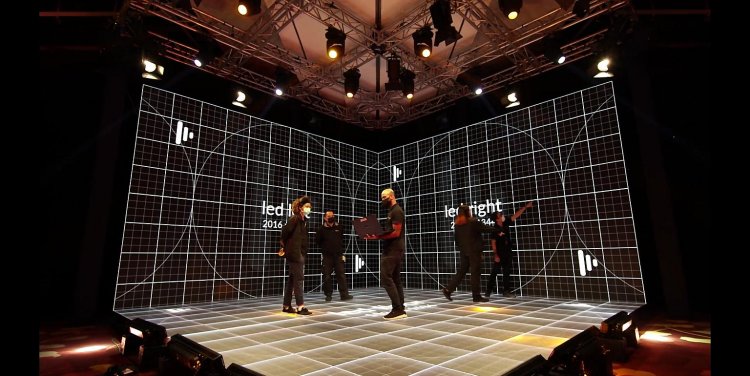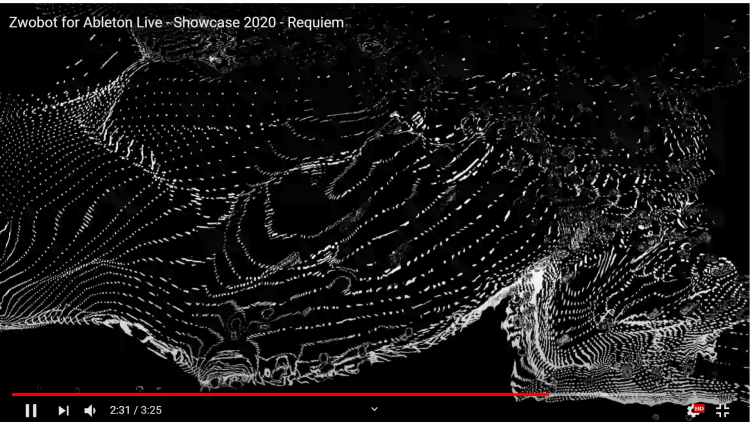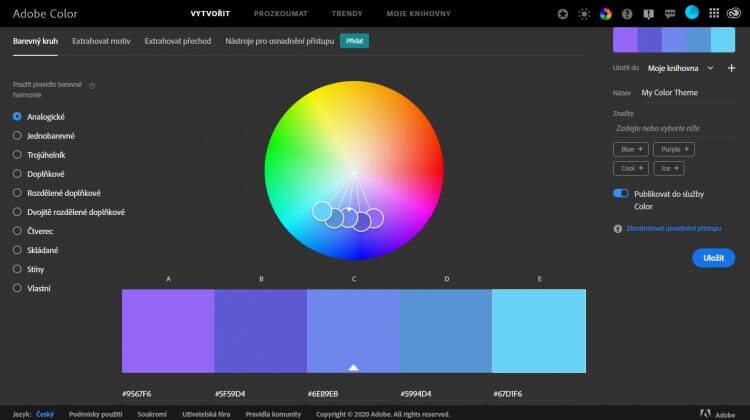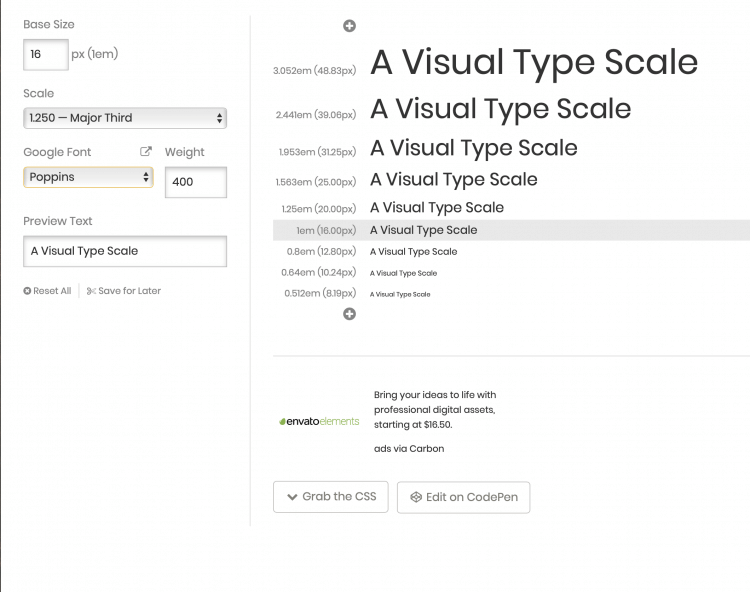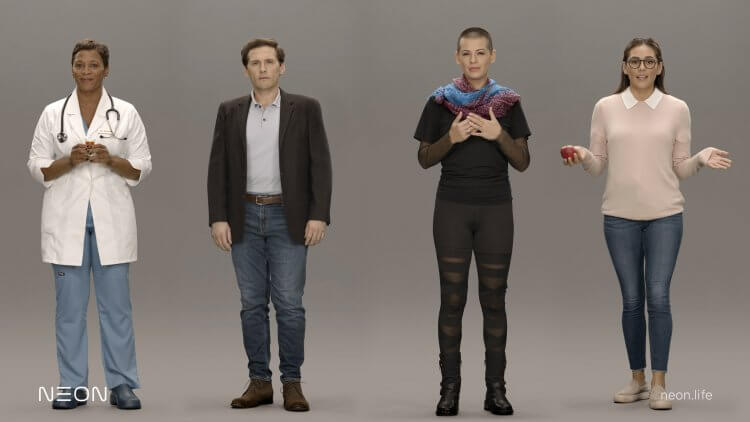
Field-of-View („FOV“)
The field-of-view is all that you can see while looking straight ahead. FOV is the extent of your natural vision, both in reality and in MX content. The average human field-of-view is approximately 200 degrees.
When researching virtual reality headsets – also known as ‚head-mounted displays‘ or ‚HMDs‘ head-mounted– you will see that there is a specification for field-of-view. Most current VR headsets have a minimum field of view of 90-to-110 degrees, which is a baseline for a great VR experience. The higher the field of view, the more of the environment the user will see as it will extend to the edge of their vision, and as a result, the more immersive an experience they will have. Similar to the difference between an IMAX movie theater screen and a regular movie theater screen. The IMAX screen is much larger and therefore takes up more of your field-of-view, which allows you to see more, thus creating a more immersive kind of experience.
A wide field-of-view is difficult to achieve because the limitations of lens optics – chromatic aberration and barrel distortion – become more severe, and the optics themselves have to be larger or more complex. Like a photograph taken with a fisheye lens, the images on the HMD screen are distorted to account for the optics of the HMD. Furthermore, widening the field-of-view ‚stretches‘ the available screen resolution, meaning that resolution must increase to keep the same pixel densities at higher FOV angles – the potential impact can be lessened by the use of multi-res VR shading and foveated rendering.
It’s also worth noting that some headsets – such as the HoloLens – also present a limited field-of-view. One could understand the ‚field-of-view‘ of a smartphone AR experience to be the available screen size, though this is not a strict technical definition.



